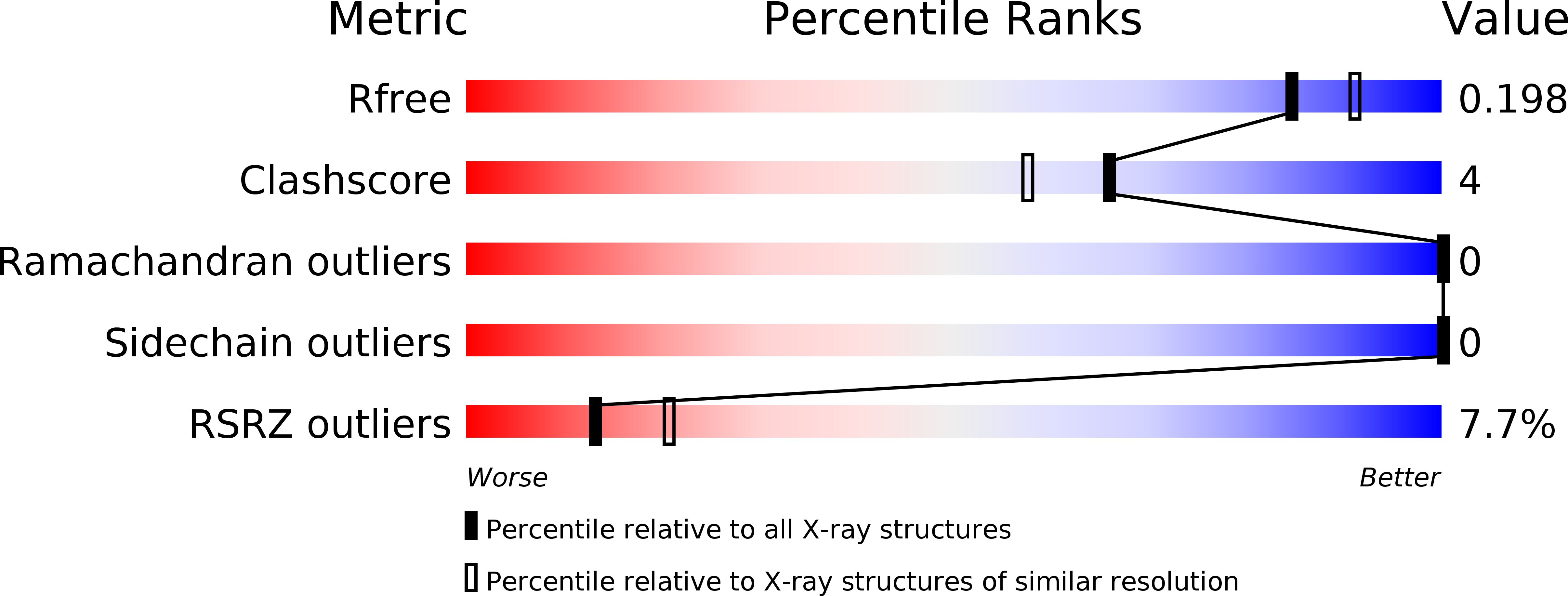
Deposition Date
2016-01-27
Release Date
2016-03-09
Last Version Date
2023-09-27
Entry Detail
PDB ID:
5HUW
Keywords:
Title:
Structure of HSV-1 Large Terminase NLS bound to importin alpha
Biological Source:
Source Organism:
Mus musculus (Taxon ID: 10090)
Human herpesvirus 1 (Taxon ID: 10298)
Human herpesvirus 1 (Taxon ID: 10298)
Host Organism:
Method Details:
Experimental Method:
Resolution:
1.95 Å
R-Value Free:
0.19
R-Value Work:
0.17
R-Value Observed:
0.17
Space Group:
P 21 21 21


